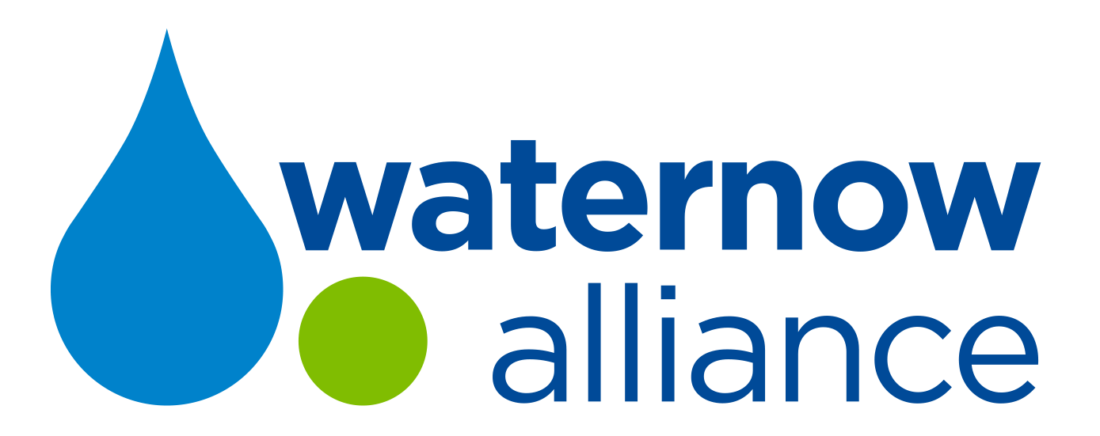Stormwater management is one of the greatest challenges communities face today, but solutions shared by national experts Dr. Georges Benjamin and Hannah Grooms on a recent WaterNow Alliance webinar have inspired us. We hope they’ll do the same for you!
1. Resilient GSI Solutions Manage Stormwater & Provide Equitable Community Benefits
Eliminating combined sewer overflows, improving surface water quality of lakes, rivers, and streams that receive direct stormwater runoff, and reducing incidences of urban flooding that disproportionately harms income-limited communities can be daunting. Add on aging infrastructure, growing urban populations, and changing climate patterns, and you get a perfect storm.
Localized GSI--e.g., permeable pavement, tree trenches, green roofs, rain gardens--can meet these challenges  head on. As Ms. Grooms described, GSI uses nature-based systems to capture, treat, and manage rainwater where it falls. This keeps polluted stormwater out of sewer systems and surface waters and slows runoff that contributes to urban flooding. GSI can also be designed to meet specific topographical conditions, making them an effective approach for a number of locations that can be distributed throughout communities.
head on. As Ms. Grooms described, GSI uses nature-based systems to capture, treat, and manage rainwater where it falls. This keeps polluted stormwater out of sewer systems and surface waters and slows runoff that contributes to urban flooding. GSI can also be designed to meet specific topographical conditions, making them an effective approach for a number of locations that can be distributed throughout communities.
Because GSI can be installed on many properties across cities and neighborhoods the benefits of these installations can be equitably distributed. Greenprint Partners, Rain Garden Overview
Distributed green infrastructure provides water managers with ways to place needed water infrastructure improvements in neighborhoods and communities that have disproportionately born the impacts of combined sewer overflows, polluted surface waters, and flooding.
These projects achieve multiple benefits such as community pride, beautification, green jobs, improved mental health, increased physical activity, better respiratory health, and safer neighborhoods to communities most in need. In Ms. Grooms’ experience working with Catholic Charities’ on their GSI projects, just one example among many, “We designed our rain gardens to have highly visible vegetative features that enhance their aesthetic beauty; increasing interactions with natural settings can help members of their at-risk community reduce mental stress."
2. Equitably Distributed GSI Mitigates Climate Change Impacts on Vulnerable Populations
“Climate change has enormous impacts on public health,” notes Dr. Benjamin, and these impacts are not shared equally. People disproportionately exposed to the adverse health impacts of climate change, include those of extreme age, lower income, and people of color communities in urban centers, which are often much hotter than surrounding communities because of dark impervious surfaces (primarily pavement and roofs) and lack of tree cover.
Equitably distributed GSI, a subset of what are referred to as “smart surfaces,” can effectively mitigate the impacts of climate change on vulnerable neighborhoods. And communities can increase their resilience by addressing the societal factors that influence health, which, among others, include:
- Job opportunities
- High quality schools
- Green space
- Social cohesion and capital
- Toxic exposures
- Built environment
Improving the built environment with GSI, in particular, helps address health-related impacts of climate change. Greening dark urban surfaces that are most prevalent in low-income neighborhoods reduces urban heat islands by providing shade that feels 15-20º cooler and leads to ambient air temperatures that are 5-10º cooler. Reduced exposure to high heat reduces emergency room and doctor visits for conditions such as heat stroke, heart disease, respiratory distress, and psychiatric disorders. All this is in addition to the stormwater services GSI provides. To learn more about Dr. Benjamin’s work, stay tuned for WaterNow’s upcoming Sustainability Spotlight interview with him.

